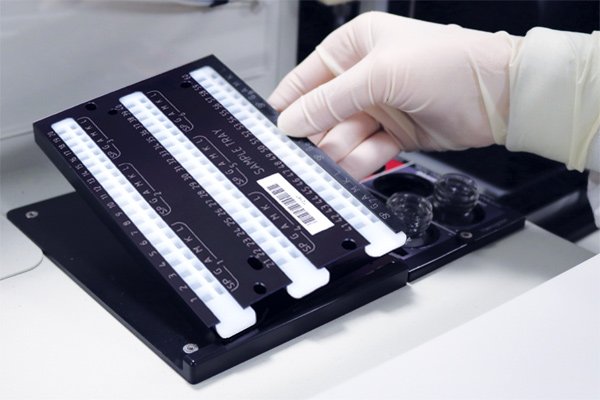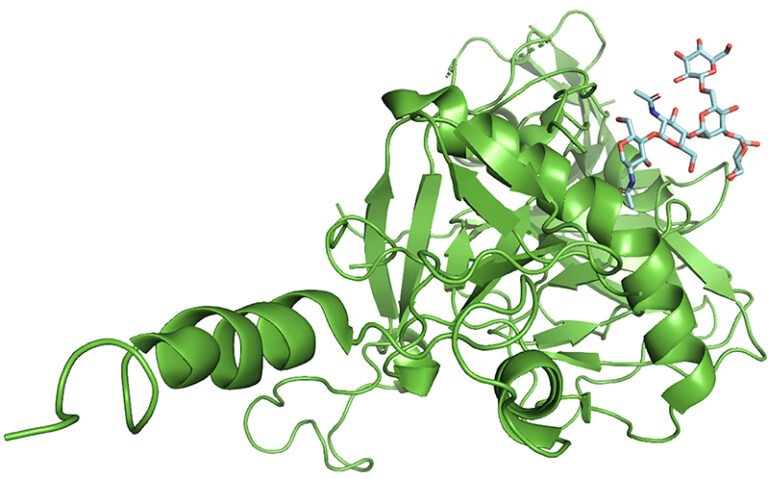A New Strategy for Genomic Biology: Pioneering Pathways to Breakthroughs
Embracing Cutting-Edge Technologies
At the heart of the new strategy for genomic biology lies the adoption and integration of cutting-edge technologies. These include:
1. Advanced Sequencing Technologies
Building on the success of Next Generation Sequencing (NGS), the strategy emphasizes the deployment of even more sophisticated sequencing platforms. Technologies such as single-molecule real-time (SMRT) sequencing and nanopore sequencing offer longer read lengths and greater accuracy, enabling the resolution of complex genomic regions and structural variations.
2. Single-Cell Genomics
Single cell sequencing technologies are revolutionizing our understanding of cellular heterogeneity. By analysing the genomic and transcriptomic profiles of individual cells, researchers can uncover the intricate dynamics of cell populations in development, disease, and response to treatments.
3. CRISPR and Gene Editing
CRISPR-Cas9 and other gene-editing tools are central to the new strategy, providing precise manipulation of genomic sequences. This allows for the functional interrogation of genes, identification of genetic elements responsible for diseases, and development of novel therapeutic approaches.
4. Artificial Intelligence and Machine Learning
AI and machine learning are integral to managing and interpreting the vast amounts of data generated by genomic research. These technologies enhance pattern recognition, predictive modelling, and the discovery of novel biomarkers and therapeutic targets.
Fostering Interdisciplinary Collaboration
The complexity of genomic biology demands a collaborative approach that bridges diverse scientific disciplines. The new strategy encourages partnerships between geneticists, bioinformaticians, clinicians, and researchers from fields such as computational biology, statistics, and engineering. By fostering interdisciplinary collaboration, we can:
- Accelerate Discovery: Cross-disciplinary teams can tackle complex biological questions more efficiently, leveraging their collective expertise.
- Enhance Data Integration: Combining diverse datasets from genomics, proteomics, metabolomics, and clinical studies provides a holistic view of biological systems.
- Innovate Therapeutics: Collaborative efforts can drive the development of innovative therapies, from targeted gene therapies to personalized medicine approaches.
Integrating and Leveraging Big Data
Genomic biology generates massive datasets that require sophisticated methods for integration and analysis. The new strategy focuses on:
1. Data Harmonization
Standardizing data formats and protocols ensures that datasets from different sources can be seamlessly integrated and compared. This is crucial for large-scale studies and meta-analyses that aggregate data from multiple research groups.
2. Cloud Computing and High-Performance Computing
Leveraging cloud and high-performance computing resources enables the processing and analysis of large genomic datasets. This infrastructure supports complex computational tasks, from sequence alignment to network analysis and predictive modeling.
3. Open Data Initiatives
Promoting open data sharing and collaboration platforms accelerates scientific progress. By making genomic data accessible to the global research community, we can foster innovation and avoid duplication of efforts.







